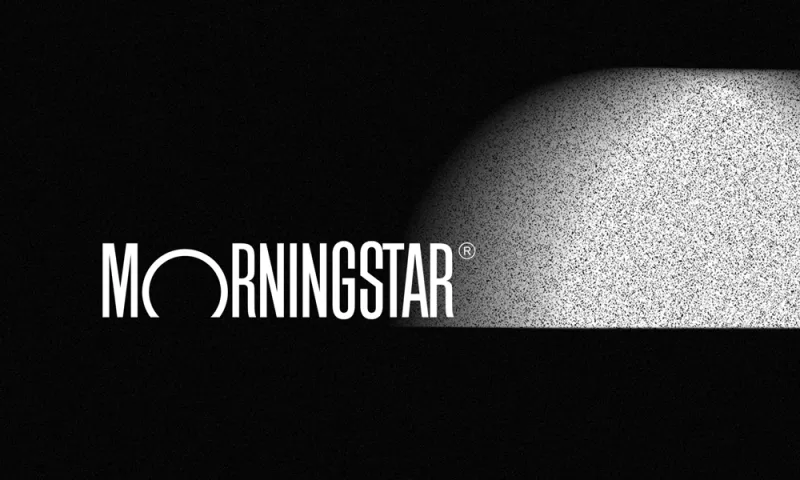It’s impossible to know how a fund will behave in the future. But Morningstar is betting it will have a better chance at predicting it by giving more weight to a number of factors, including fees, that are used to determine forward-looking fund ratings.
“We’re making three key changes to the analyst rating, putting even more weight on fees, setting a higher bar for active funds, and focusing our assessment on people, process, and parent,” wrote Jeffrey Ptak, head of manager research, in a blog posted Monday on Morningstar’s website. The firm expects the changes will result in more downgrades than upgrades, he said.
Given the influence of Morningstar’s ratings on flows into funds, at least one asset manager is bracing for the changes. A chief marketing officer at a large fund manager said in a phone interview that the firm has been modeling how the changes could affect its funds and is in discussions with the major distributors to make sure they understand how their funds are managed.
Morningstar is changing its analyst rating, which uses fundamental research, as well its quantitative rating, which assesses funds not followed by a fundamental analyst. The quant rating uses a computer-based scoring system that is based on how Morningstar’s human analysts assess funds.
The Chicago research firm will use the new fund analyst methodology for an initial group of funds it rates beginning October 31. The remaining funds’ ratings will be updated over the next 12 months. The quantitative rating will be updated for all funds in November.
[II Deep Dive: Fee War Saved Investors Billions Last Year]
Fund share classes that have higher fees will get dinged by Morningstar’s new methodology. Currently, Morningstar analyzes one so-called representative share class for each fund and then assigns one rating to all the different share classes of that fund, regardless of their fees. Under the new framework, Morningstar will rate each share class separately, resulting in downgrades for higher cost share classes, for example, that include fees for advice.
It’s not going to be good enough for a fund to just have lower fees than competitors. Morningstar’s new methodology will include an assessment of costs in terms of value. As Ptak wrote, “In the future, we’ll compare a fund’s costs with the value we estimate it can deliver to investors before fees. This means it won’t suffice to be the cheapest of an expensive lot. What will matter is whether fees are low enough to leave some value for investors.”
With active funds under continued pressure from passive, Morningstar is changing its analyst ratings so that only the best ones get recognized as gold, silver or bronze. Now active funds often qualify for Morningstar’s top three categories by either beating a benchmark or a peer group. In the future, active funds will have to beat both, according to Ptak.







